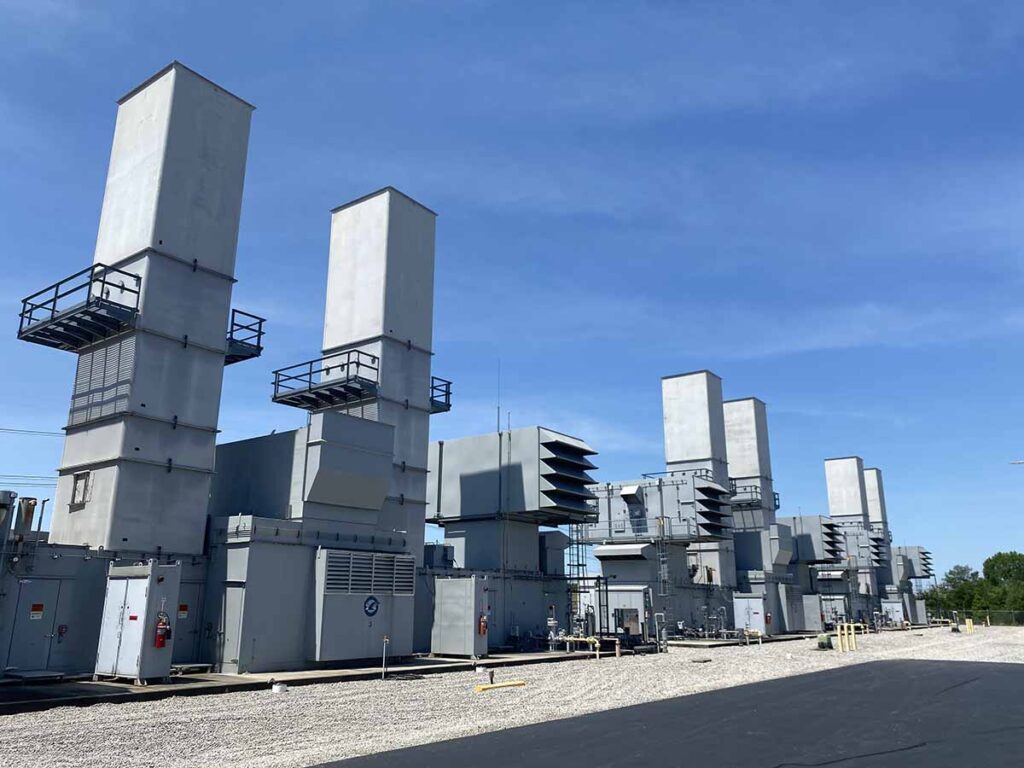
Five generation and transmission cooperatives are poised to receive a total of nearly $30 million from the Department of Energy to test long-duration energy storage technologies in geographically diverse and remote areas in a project led by the National Renewables Cooperative Organization.
The co-ops will use the funds to buy and install vanadium flow batteries (VFBs) capable of discharging between 700 kilowatts and 3.6 megawatts of electricity for up to 20 hours. DOE’s Office of Clean Energy Demonstrations will fund up to 50% of each project.
“Electric cooperatives are innovators, and the five sites our members have selected will help demonstrate to other utilities the many beneficial uses for long-duration energy storage,” said Mike Keyser, CEO of Carmel, Indiana-based NRCO, which was formed by electric co-ops in 2008.
Participating G&Ts and their VFB demonstration sites are:
- Central Electric Power Cooperative Inc., Blair Hamlet in Fairfield County, South Carolina.
- Central Iowa Power Cooperative, Meswaki Indian Settlement in Tama County, Iowa.
- Dairyland Power Cooperative, Waterville in Allamakee County, Wisconsin.
- North Carolina’s Electric Cooperatives, Hamlet Plant Power Station in Richmond County, North Carolina.
- Old Dominion Electric Cooperative, Smith Island, Maryland, and Tangier Island, Virginia.
“NRECA appreciates DOE’s recognition of electric co-ops as capable and mission-driven recipients of these funds to pursue VFB technology and continued support of co-ops for infrastructure project funding,” said Tolu Omotoso, NRECA’s energy solutions director.
VFBs may provide energy storage significantly longer than lithium-ion batteries’ typical two- to four-hour duration, and that can be critical in rural areas when outages occur due to extreme weather or other events, he said.
Long-duration energy storage “will enable ODEC to provide more reliable, clean power during hurricane season, winter storms and other outages to our most remote members at the end of the line,” said Chris Cosby, senior vice president at the Glen Allen, Virginia-based wholesale power supplier.
“Batteries that have the ability to store and release energy at controlled times have great potential to benefit Smith and Tangier islands,” added Butch Williamson, president and CEO of ODEC member A&N Electric Cooperative, which serves the Chesapeake Bay communities from Tasley on Virginia’s remote Eastern Shore.
“While this selection for federal funding is a win for North Carolina’s electric cooperatives, it’s a major win for the members who rely on cooperatives to help power their lives,” said Jimmy Wilkins, vice president of energy portfolio for Raleigh-based NCEMC.
The Pacific Northwest National Laboratory will conduct techno-economic analyses of the entire NRCO project to examine the potential benefits of VFBs, and DOE’s Rapid Operational Validation Initiative will collect data from the battery sites. The technology provider is Invinity Energy Systems, a global producer of high efficiency VFBs.